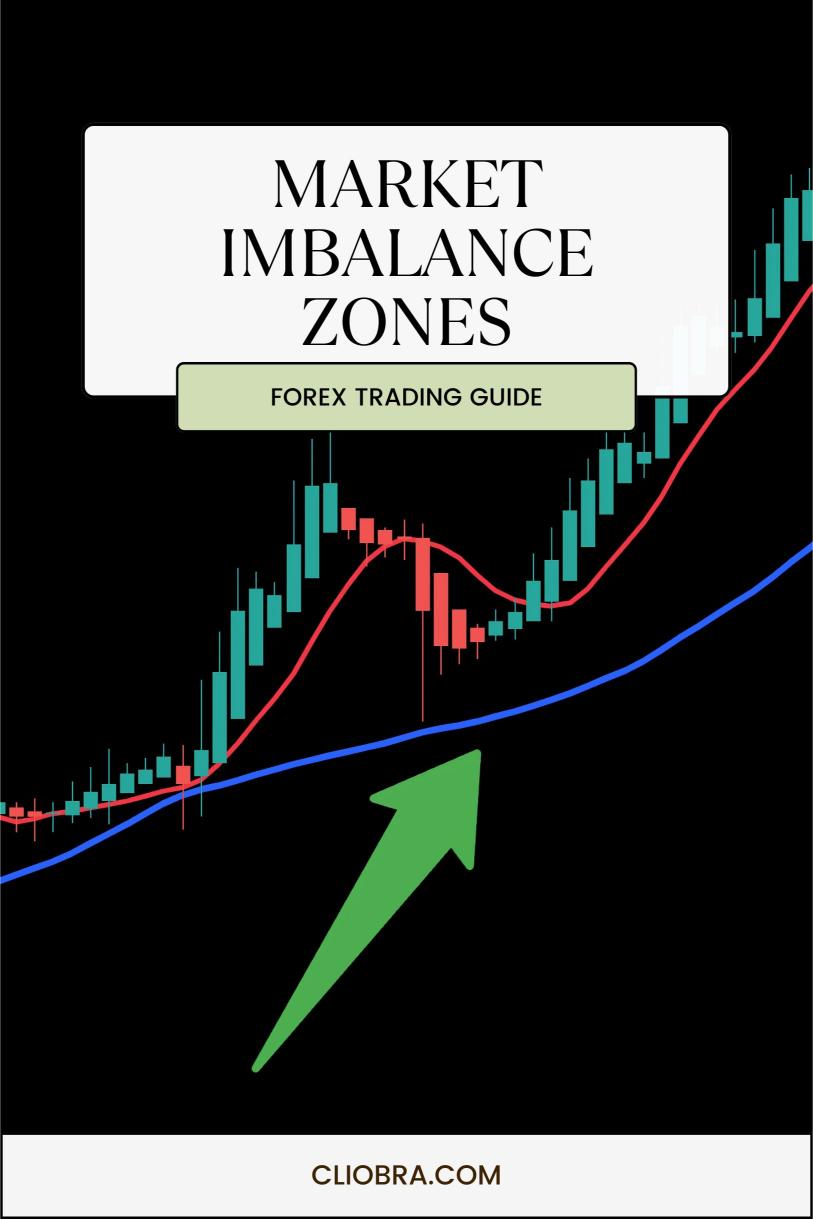Last Updated on February 12, 2025 by Arif Chowdhury
Ever felt like the market’s playing games with your emotions?
You’re not alone.
Every trader grapples with uncertainty, especially when it comes to knowing where the market might head next.
What if I told you there’s a way to identify those elusive ‘market imbalance zones’?
These zones can be game-changers in your trading strategy.
Let’s break it down together.
What Are Market Imbalance Zones?
Market imbalance zones occur when there’s a significant difference between supply and demand.
Imagine a seesaw.
When one side is heavier, it tips.
In Forex, when buyers overwhelm sellers, prices shoot up. When sellers dominate, prices drop.
These imbalances create zones where price reversals may happen.
Why does this matter?
Studies show that trading around these zones can yield a higher probability of success.
How to Identify Market Imbalance Zones
Here’s the juicy part.
Recognizing these zones isn’t rocket science.
- Look for Price Gaps
- Gaps often indicate strong buying or selling pressure.
- Check for sudden moves on the chart that leave behind unfilled orders.
- Volume Spikes
- Higher trading volumes often signal strong interest.
- When you see a spike, pay attention; it might indicate an imbalance.
- Support and Resistance Levels
- These zones often act as magnets.
- If price approaches a support or resistance level after a gap, it’s worth considering.
- Candlestick Patterns
- Reversal patterns like pin bars or engulfing candles can signal a shift.
- Combine these with other indicators for stronger confirmation.
Trading Strategies Around Imbalance Zones
Now that you know how to spot them, let’s talk tactics.
- Entry Points
- Enter trades as the price approaches an imbalance zone.
- Set your entry slightly above or below the zone for a better risk-to-reward ratio.
- Stop-Loss Placement
- Place stop-loss orders just outside the imbalance zone.
- This way, you protect your capital while giving trades room to breathe.
- Take Profit Levels
- Aim for a risk-reward ratio of at least 1:2.
- This means if you risk 50 pips, aim to make 100 pips.
Why Diversification Matters
As a seasoned Forex trader since 2015, I’ve crafted a unique strategy that blends technical analysis with market insights.
With my 16 sophisticated trading bots, you’ll have a powerful ally in spotting these imbalances.
These bots are designed to trade long-term, focusing on 200-350 pips.
They use only H4 charts, ensuring that you’re in the game for the long haul.
Each of my bots is diversified across major currency pairs like EUR/USD, GBP/USD, USD/CHF, and USD/JPY.
This diversification minimizes correlated losses, enhancing your profitability.
Curious to see how they work? You can check out my trading bot portfolio here—and the best part? It’s completely FREE!
Best Practices for Trading Imbalance Zones
- Stay Updated on News
- Economic news can shift supply and demand rapidly.
- Always keep an eye on the economic calendar.
- Use Multiple Time Frames
- Analyze higher time frames for context.
- This helps you spot larger trends and potential reversals.
- Patience is Key
- Sometimes, the market won’t hit your zones.
- Wait for the right conditions before entering a trade.
Final Thoughts
Market imbalance zones are goldmines for traders willing to dig a little deeper.
Understanding these zones can elevate your trading game.
For those looking to take their trading to the next level, I highly recommend checking out some of the most trusted Forex brokers I’ve tested.
They offer tight spreads and reliable execution, which is crucial for trading around these zones.
Happy trading, and may your charts be ever in your favor!
